Container Gardens for Healthy Living
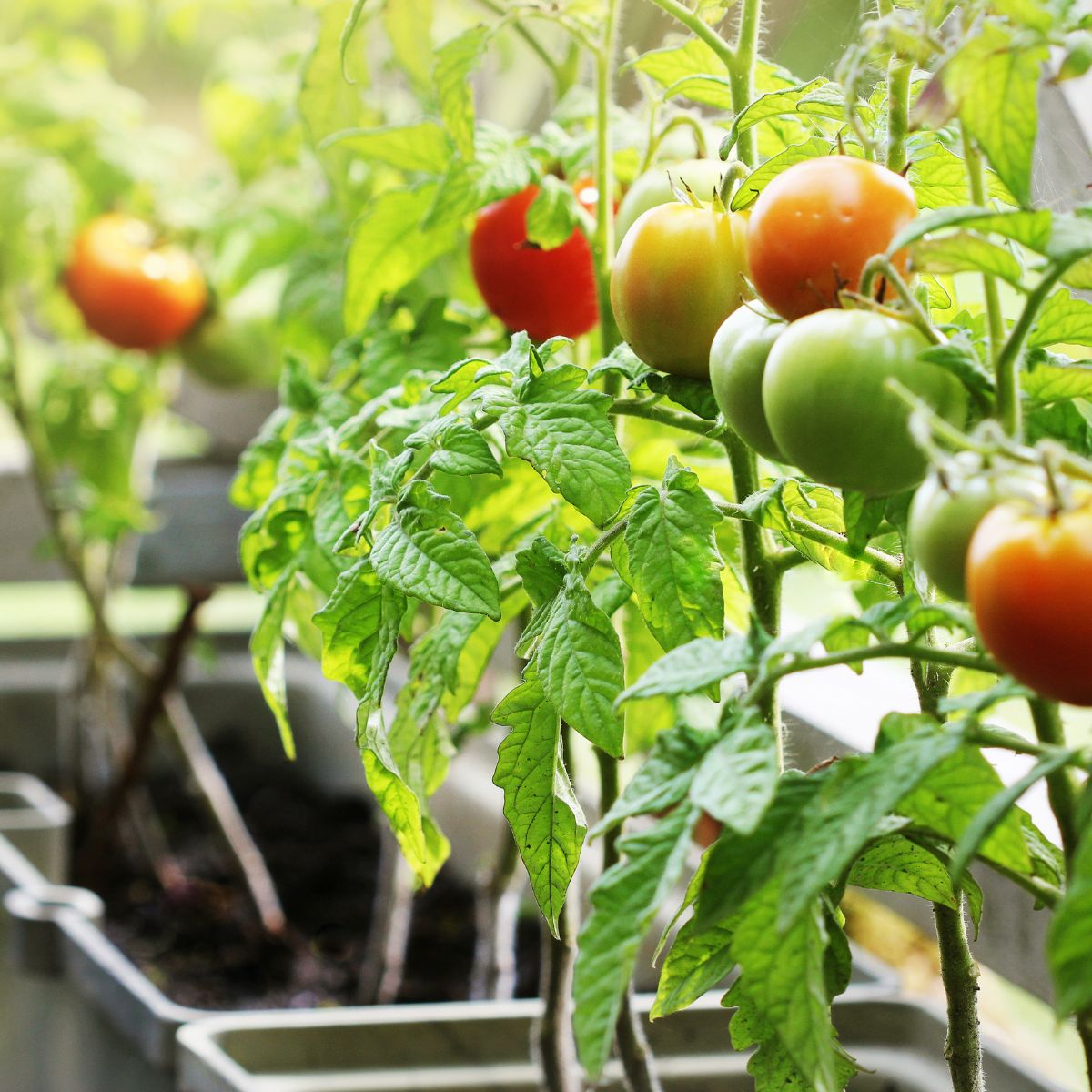
Tips from a Pro to Help Get You Started.
Growing your own food is about as intentional as it gets when it comes to connecting your mind, body and nutrition. There’s just something about planting a seed or a starter plant, caring for it, watching the vegetables, fruit or herbs emerge from what you planted, harvesting and then eating it that’s about as fulfilling as anything you can imagine. I grew up with a Dad who only knew how to garden the Texas way, which meant that we always had a HUGE garden that could feed us plus our neighbors if needed. While I can’t say I appreciated picking beans out in the hot summer sun as much as I probably should have, as an adult, I’ve certainly gotten back to my roots and truly understand the value of what he was doing for us and teaching us to do for ourselves – even in my little slice of suburbia as compared to the farm I grew up on.
While my entire property isn’t as large as my dad’s garden was, I have learned that it is possible to grow food in whatever space you have – whether it’s a backyard, a patio, a deck or a screened-in porch. That’s where container gardens come in. They make it so that growing our own food – at least to some extent – is something we can all do no matter our income or space limitations. Because Bountiful Backyards specializes in edible landscaping, I went to Operations Manager Keith Shaljian to find out how we can fuel our health with container gardens and to get some tips on how to get started.
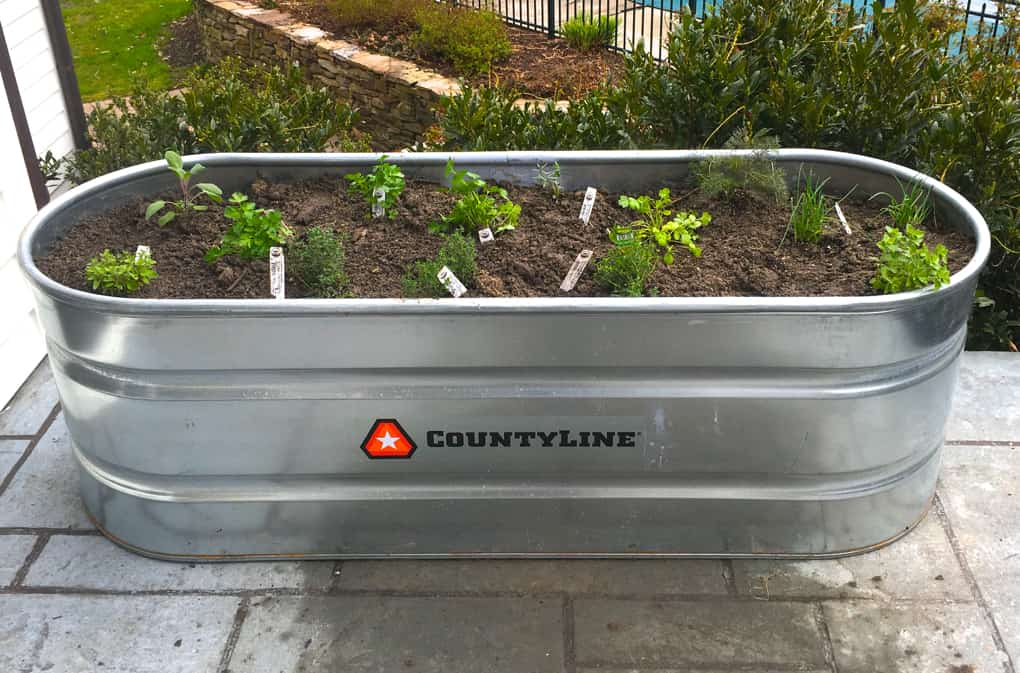
Please Note that as an Amazon Associate, I earn from qualifying purchases made through some of the links included on this page. You can read my disclosure policy here.
Peppermint Tea & Me: What are container gardens?
Keith Shaljian: Container gardens are a distinct environment for plants to live in where you can manipulate the conditions according to what they like the most. They’re versatile and particularly good in small spaces.
PTM: Why is growing our own food good for our health?
KS: Food grown in home gardens is much more nutrient-dense, vitamin-packed and fresh than even organic food that we buy at the grocery store. When it comes to vegetables, freshness is key because they lose a lot of energy very quickly. The further they are from their source, the more nutrient energy they lose.
PTM: How is growing our own food one of the best ways to truly connect all aspects of our lives as far as our mind, our body, and our nutrition?
KS: There aren’t too many other avenues that hit on all three of those things. I think it goes back to the Chinese saying, “The best fertilizer is the gardener’s footsteps.” The more you interact with the growing of your food, the more it steadies your mind, connects you to nature and all things, while providing a lot of value for your health and your home economics.
PTM: What kind of space is needed for a container garden? Can these really be done anywhere to some extent?
KS: Yes, you can do a container garden pretty much anywhere. Certain plants are going to like different conditions, so if you want to put a fig in a container, you want to have it in full sun. But if you put, let’s say a blueberry in a container, you might not want that in full, blasting sun on a patio. Culinary herbs work particularly well in containers.
PTM: What are some of the best vegetables and fruits to start growing in containers, if this is someone’s first time doing it?
KS: I would say for fruits a dwarf fig. There’s one called Violette de Bordeaux. It’s very compact and doesn’t have a huge root system. Russian Pomegranates are also very easy and like containers. Pretty much any vegetable, if you create the right conditions, will grow fine in a container. And then, culinary herbs. They love container gardening, especially if you create the right drainage, which you have to do with containers.
PTM: What types of containers should we be looking for?
KS: There’s a lot of different types that you can use. Aged wood of one sort or another is good. We use a lot of stainless steel – stuff you can get at an agricultural supply store. Those are really good and pretty inexpensive. Then there are all kinds of other ones. There’s one for vegetables that a couple of our clients have had a lot of success with called EarthBoxes. But we mostly use the stainless steel.
PTM: You mentioned drainage. Is that key for container gardens?
KS: It is very important. I’ll just walk you through our four-step process for creating a container. 1) First thing is to pick a container that’s the appropriate size for what you’re trying to grow. 2) You would drill holes about three or four inches apart in the bottom of the container with just a regular home drill, otherwise that water just sits there at the bottom. 3) Depending on the size of the container, anywhere from one-fifth to one-quarter of the bottom fill would be gravel, a small pea gravel, followed by two inches of sand. 4) Then top it off with compost topsoil mix.
PTM: When you say topsoil, what kind of soil should be used? Especially if the grower wants to keep it organic.
KS: Any soil that’s sold in a garden center that says it’s organic should be fine. Black Kow is a good one that can be found in just about any garden center. If you’re going for organic, you definitely want to stay away from Miracle Grow Soil Mix and things like that. Those are not organic.
PTM: Are there any fertilizers that are safe to use if the grower wants to keep it organic?
KS: Oh, there’s tons. Harmony Organics is a really good one that’s OMRI-certified (Organic Materials Review Institute), and any of the Espoma products. They have all different products for different types of plants. That’s like Holly-tone, Garden-tone, Plant-tone. They have a huge selection.
PTM: When it comes to location for container gardens, what are the most important things to keep in mind?
KS: The most important thing to consider is how much sunlight the plants that you’re putting in there need and want. Providing some afternoon shade can be helpful, so if you have a spot where you can put the container that is protected a bit from the most intense part of the day, that’s always good.
PTM: Are there any surfaces or conditions where there’s too much heat or sunlight that should be a consideration?
KS: Any area that has full sun and is on an impervious surface is going to be more water-needy. It’s going to need to be watched. Plants don’t photosynthesize 14 hours a day. They don’t need 14 hours of sun every day, so I would say keep it to like, if possible, five to eight hours of sun. Definitely an impervious surface can act as a heat-sink and make things even hotter than they already are. If you have those types of conditions, you may need to water more or pick plants that love full sun. That’s one of the main things to remember. Always pick plants that are going to enjoy the conditions that you’re providing.
PTM: Is there any specific advice that you would give about watering?
KS: Don’t over water your plants. That’s the main cause of people’s plants dying is over-watering them, babying them. You’ve got to achieve the right balance with watering by observing the plants and being connected to them. That’s the surest way of success.
PTM: What are your top three tips for someone just starting out with container gardening?
KS: 1) Dream big but start small so that you can become familiar with the process. 2) Grow vegetables, fruits and herbs that you’re interested in eating. 3) Learn about the vegetables or fruits that you want to grow by finding out what type of sun exposure, space and support systems they need.
Keith also adds that container gardens are wonderful options for people that may have health issues or are in some kind of environmental situation, such as a backyard that floods, where a garden that takes up a lot of space simply isn’t an option. Whatever your situation, and whether you decide to be elaborate with your container garden or go small, growing your own food is truly one of the most satisfying and rewarding things that you can do for your health and your overall wellbeing.
Additional Resources
- Container Gardening Complete: Creative Projects for Growing Vegetables and Flowers in Small Spaces (Affiliate Link) by Jessica Walliser.
- Grow Your Own Vegetables (Affiliate Link) (great resource for regular or container gardening)

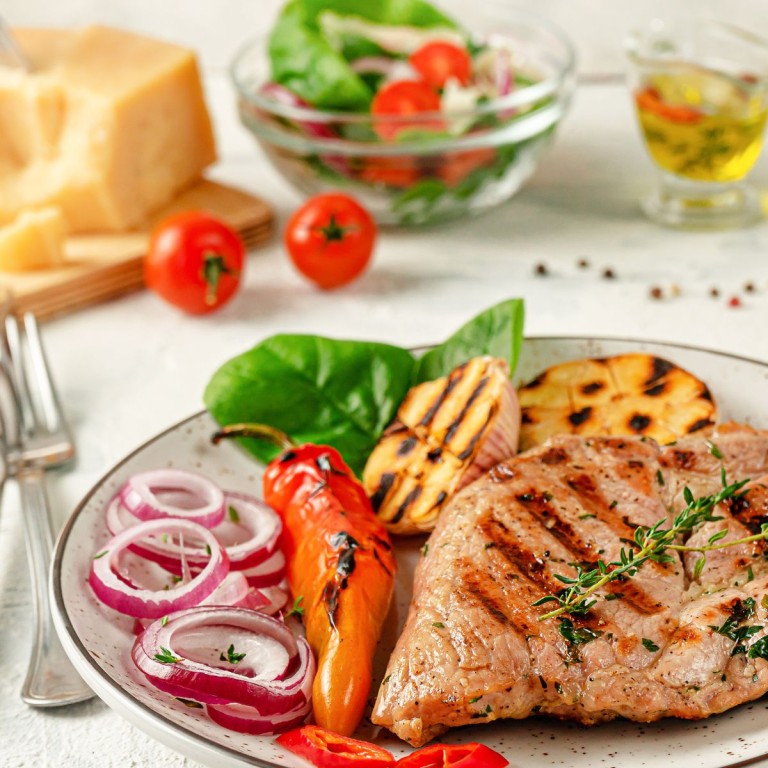
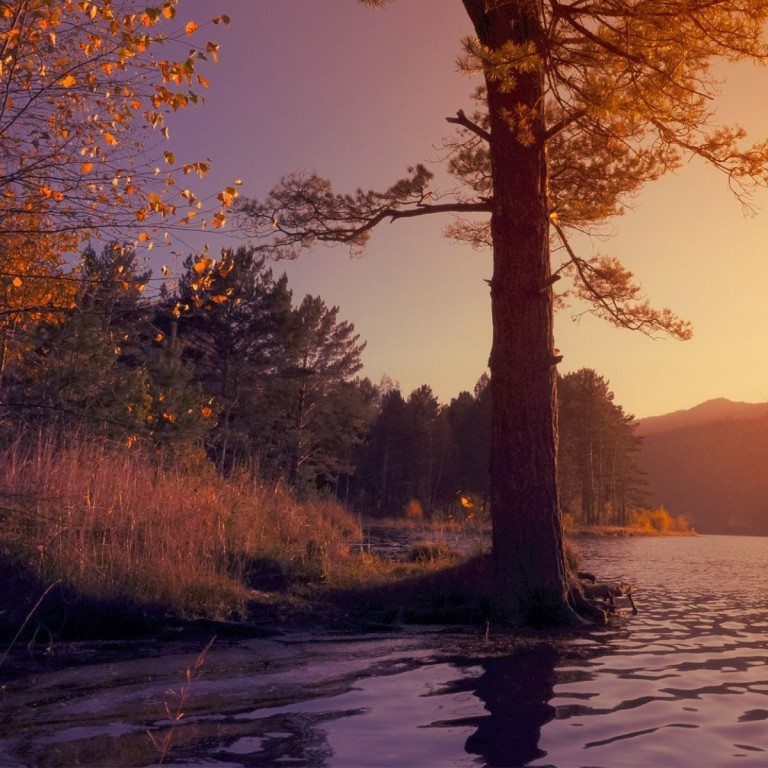

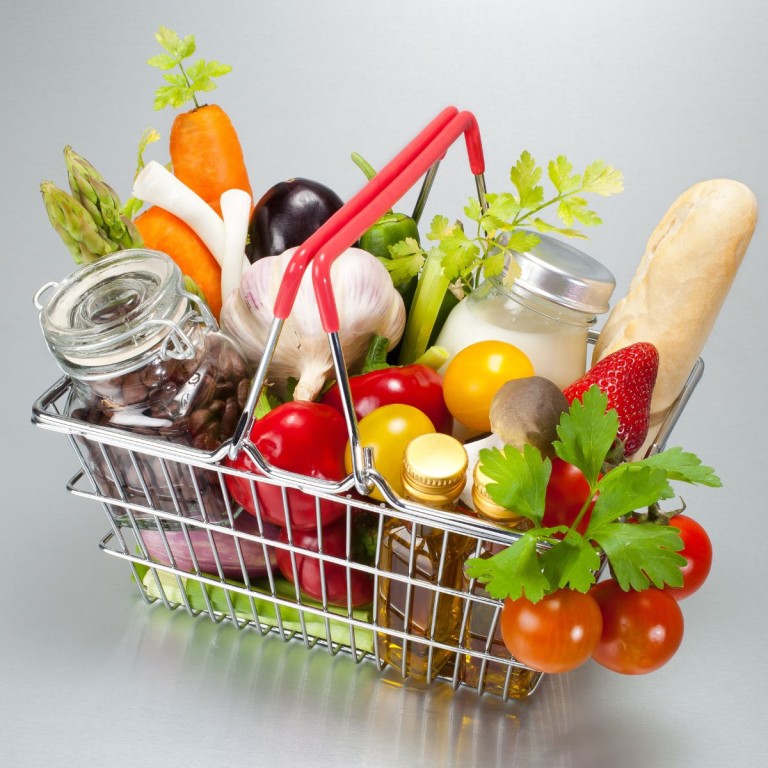
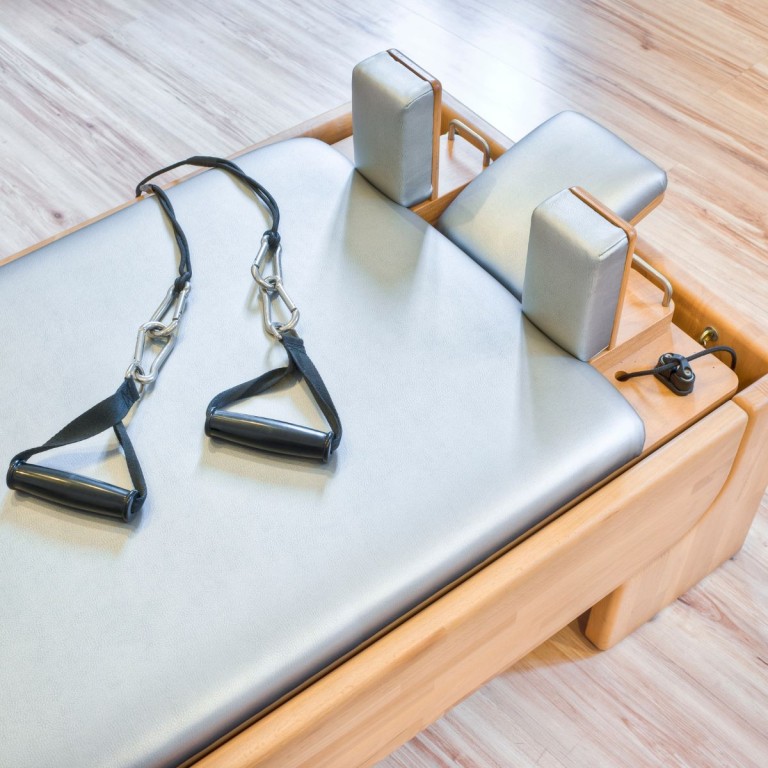
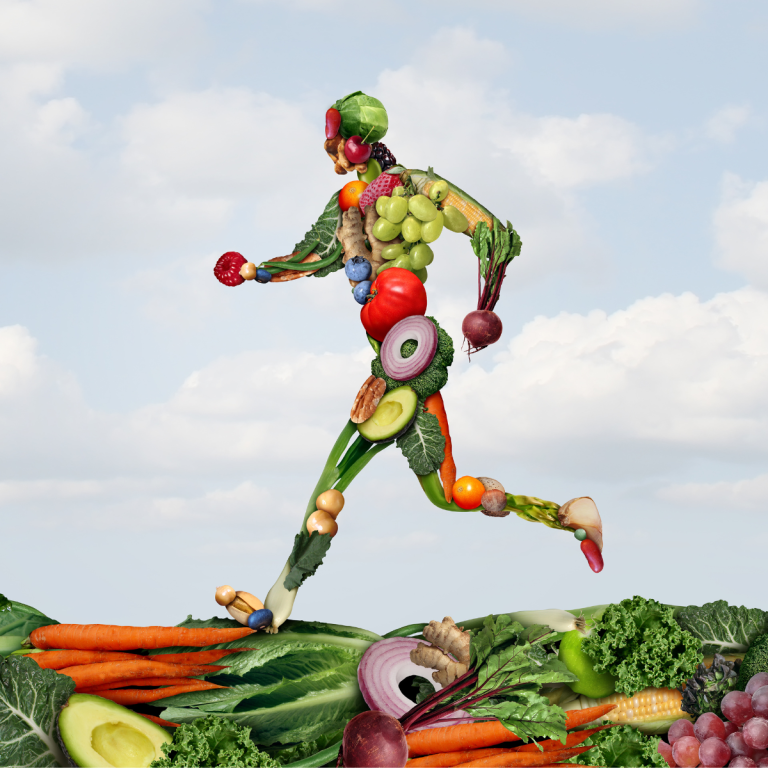
One Comment